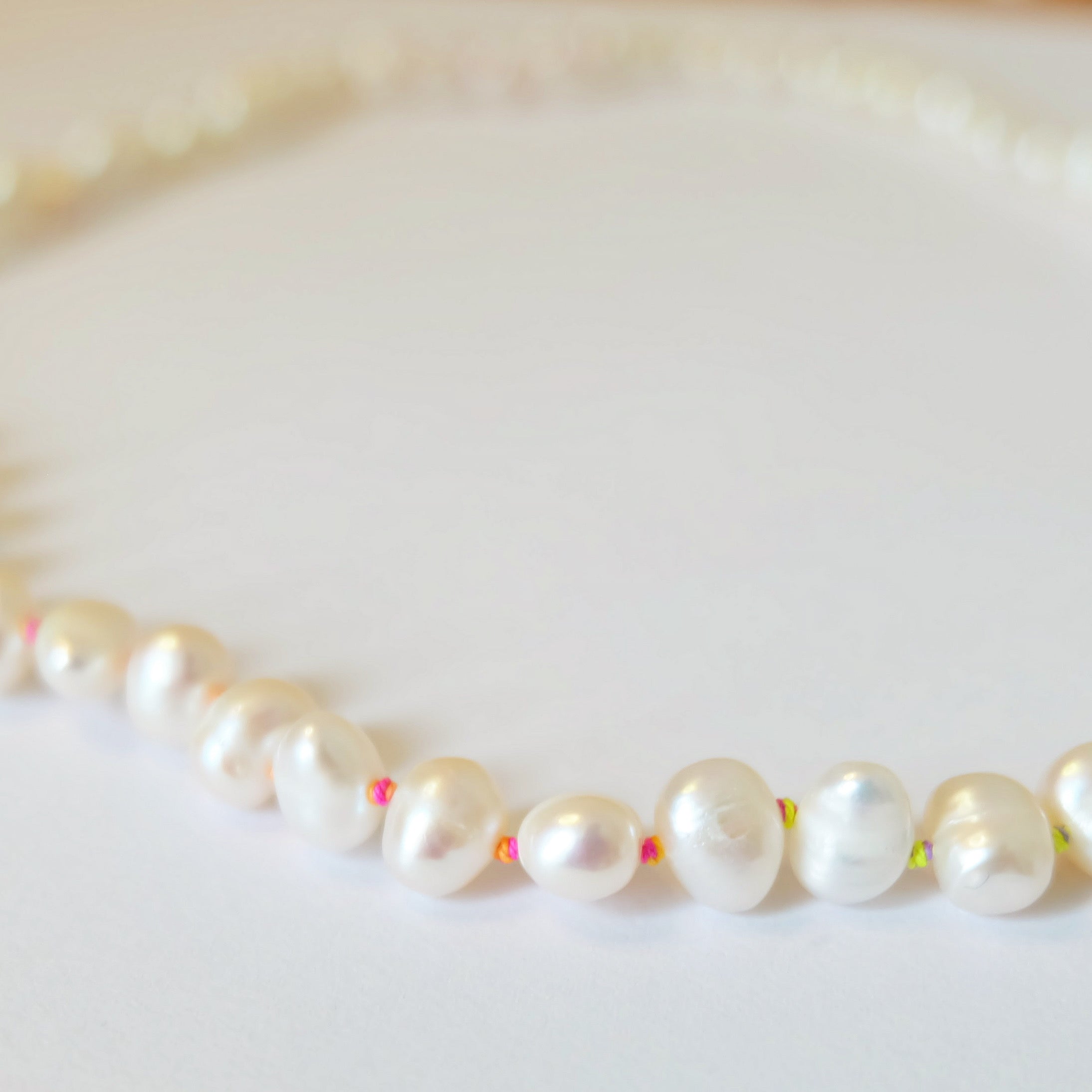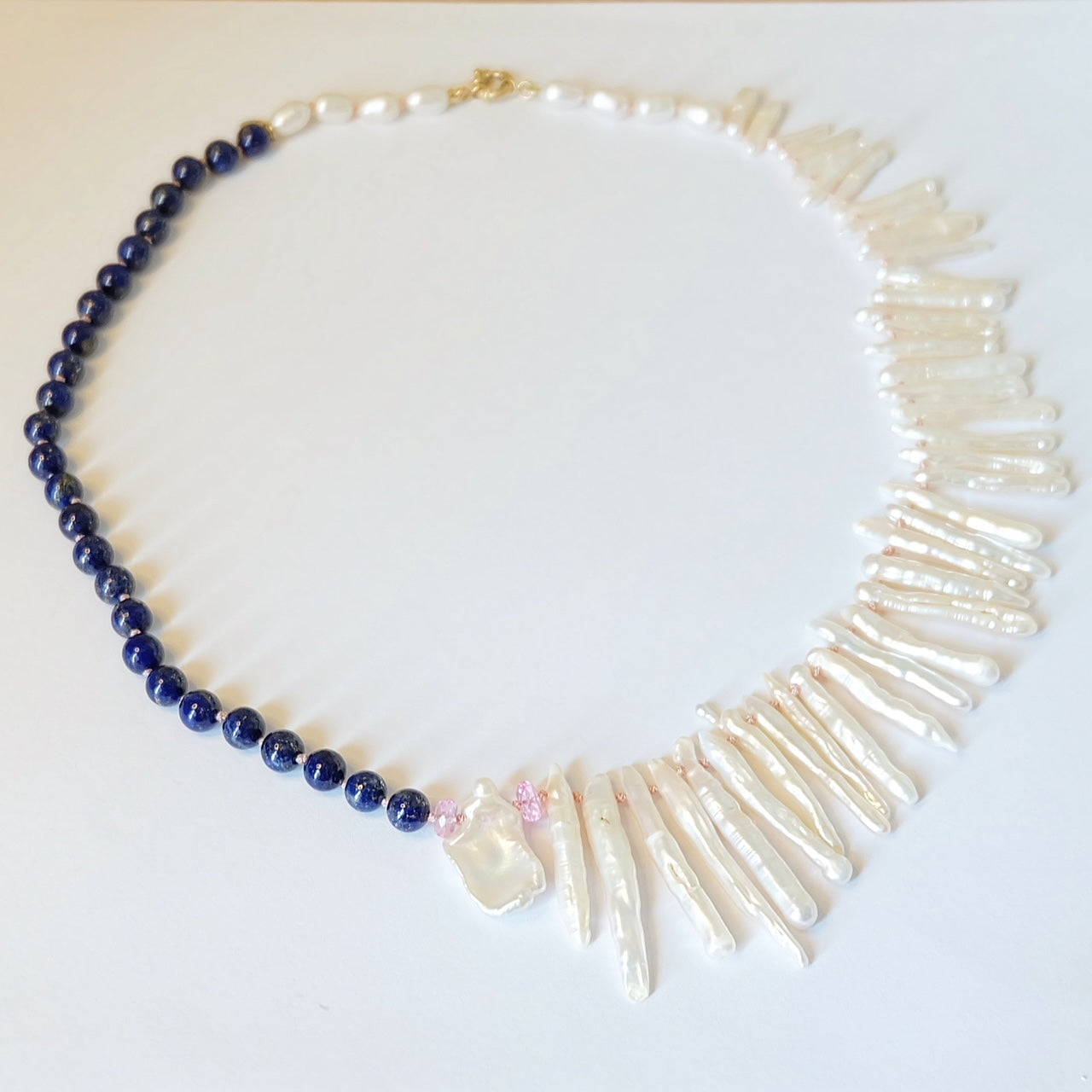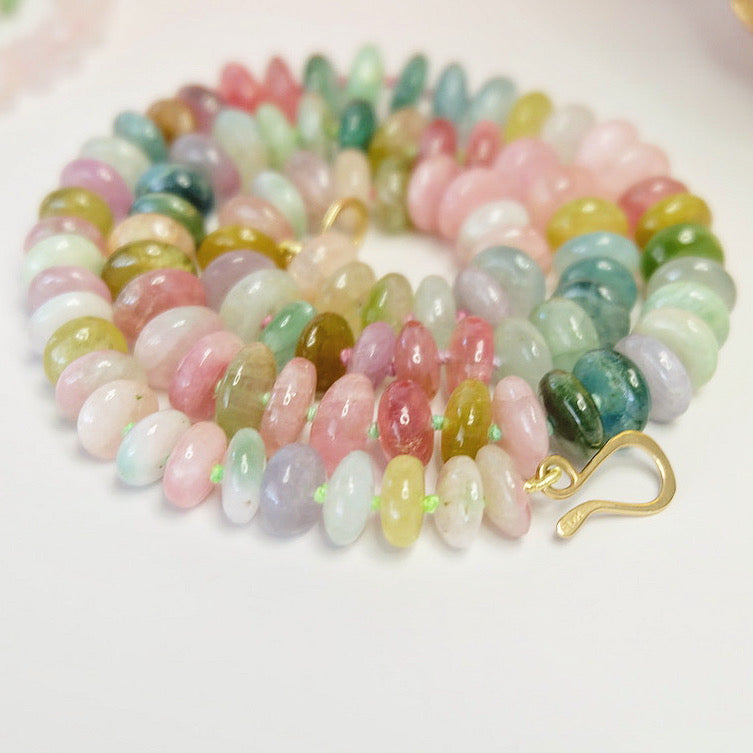
Heat Treated vs. Dyed Gemstones
Share
When it comes to gemstones, there is a common practice known as heat treatment and dying gemstones that is used to enhance their color and clarity. But are all gemstones subjected to this process? Let's delve into the world of heat-treated gemstones to understand more about this common practice.
What is Heat Treatment?
Heat treatment is a process where gemstones are subjected to high temperatures to alter their appearance. This can help improve the color, clarity, and overall quality of the gemstone. The heat can remove impurities, enhance the color saturation, and even create new colors in some cases.
Are All Gemstones Heat Treated?
Not all gemstones undergo heat treatment, but it is a common practice for many varieties. Some gemstones that are commonly heat treated include sapphires, rubies, and tanzanite. These gemstones can benefit from heat treatment to improve their color and overall appearance.
How to Identify Heat-Treated Gemstones
There are certain characteristics that can help identify a heat-treated gemstone. For example, some gemstones may have inclusions that are altered by the heat treatment process. Additionally, certain color changes in the gemstone can indicate that it has been heat treated.
Benefits of Heat Treatment
Heat treatment can offer several benefits to gemstones, including enhancing their beauty and increasing their value. By improving the color and clarity of the gemstone, heat treatment can make it more desirable to buyers and collectors.
Overall, heat treatment is a common practice in the gemstone industry that can help enhance the appearance of certain gemstones. While not all gemstones undergo this process, it is important to be aware of the practice and its potential impact on the value and quality of the gemstone.
When it comes to gemstones, there are various treatments that can alter their appearance. Two common methods are heat treatment and dyeing. But what exactly is the difference between a heat treated gemstone and a dyed gemstone?
Dyed Gemstones
On the other hand, dyeing involves adding color to a gemstone using artificial dyes or pigments. This process is often used to create more affordable versions of rare or expensive gemstones. While dyed gemstones can be beautiful and colorful, the color is not natural and may fade over time with exposure to sunlight or chemicals.
Limited Durability
One of the main disadvantages of dyed gemstones is their limited durability. The dye used to enhance the color of the gemstone can fade over time, especially with exposure to sunlight, chemicals, or even everyday wear. This can result in the gemstone losing its vibrant color and becoming dull or discolored.
Difficulty in Identification
Another disadvantage of dyed gemstones is the difficulty in identifying them. Natural gemstones have unique characteristics that can help gemologists determine their authenticity. However, dyed gemstones can be challenging to distinguish from their natural counterparts, making it easier for unscrupulous sellers to pass them off as natural gemstones.
Limited Value
Due to their artificial enhancement, dyed gemstones generally have lower value compared to natural gemstones. While they may be more affordable, they do not hold the same intrinsic value as natural gemstones. This can be a disadvantage for those looking to invest in gemstones or pass them down as heirlooms.
Environmental Impact
The process of dyeing gemstones often involves the use of chemicals and treatments that can have a negative impact on the environment. From the mining of the gemstones to the dyeing process itself, the production of dyed gemstones can contribute to environmental degradation and pollution.
While dyed gemstones can offer a wide range of colors and styles, it's essential to consider the disadvantages before making a purchase. Understanding the limitations of dyed gemstones can help you make an informed decision when adding them to your jewelry collection.
Key Differences
One of the main differences between heat treated and dyed gemstones is the permanence of the treatment. Heat treated gemstones undergo a permanent change in color or clarity, while dyed gemstones may fade or change over time. Additionally, heat treatment is often used to improve the natural properties of a gemstone, while dyeing is a more artificial process.
It's important to note that both heat treated and dyed gemstones are widely accepted in the jewelry industry, as long as the treatment is disclosed to the consumer. Whether you prefer the natural beauty of a heat treated gemstone or the vibrant colors of a dyed gemstone, understanding the differences between the two can help you make an informed decision when purchasing gemstone jewelry.














































